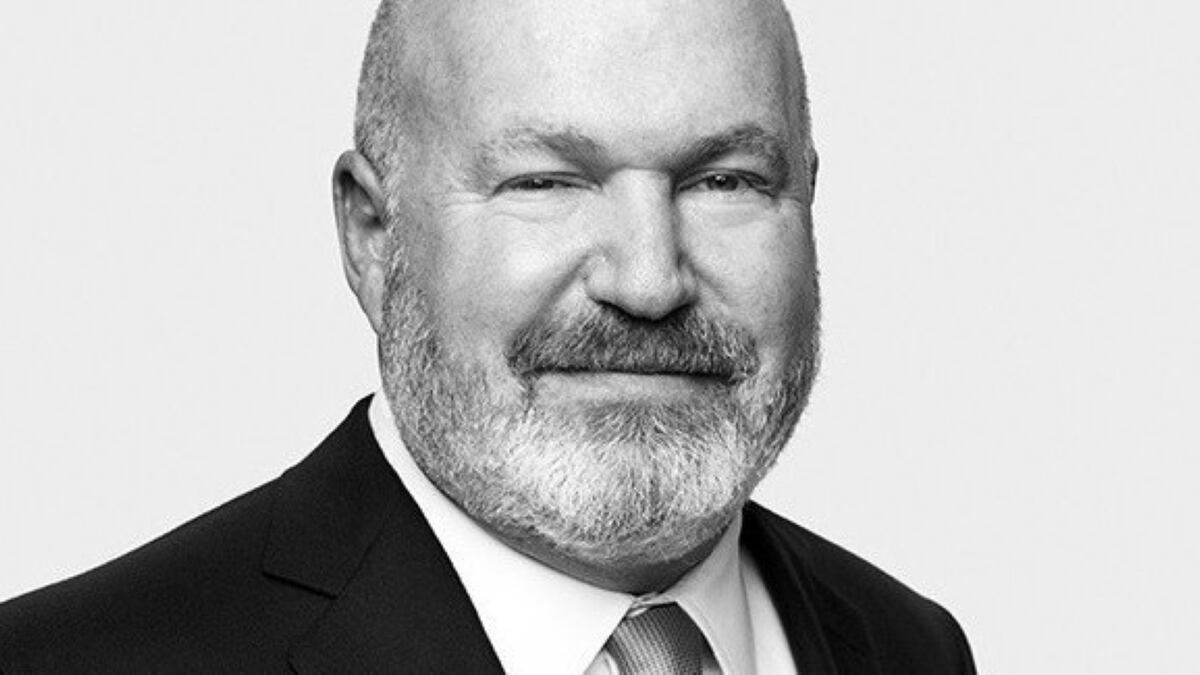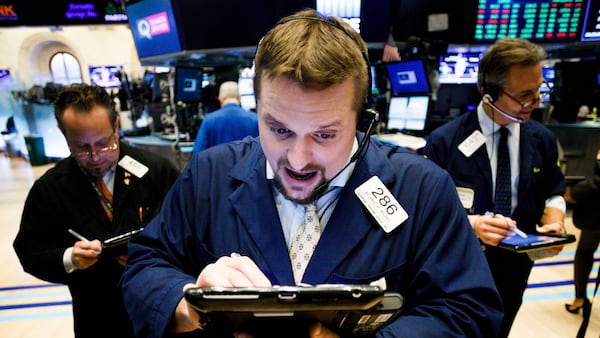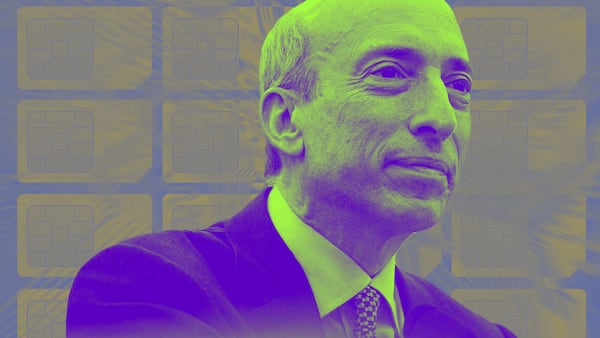- Bitcoin soared nearly 30% in the past week, capturing the attention of Wall Street and beyond.
- Cliff Asness, billionaire co-founder of quant hedge fund AQR, analysed the impact of the halving on Bitcoin’s price.
- It’s unusual for a quant billionaire to weigh in on Bitcoin mechanics.
- Asness said his AQR hedge fund trades a “small amount” of Bitcoin
Bitcoin’s surge to within reach of its record high has drawn interest from Wall Street stalwarts.
That now includes hedge fund chief Cliff Asness. The billionaire and chief investment officer of AQR shared his thoughts on Bitcoin’s upcoming halving, an event that is designed to ensure Bitcoin remains a scarce asset.
AQR’s co-founder said on social media that his hedge fund trades a “small amount” of Bitcoin in “pure alternative trend following products.”
Experts in the crypto industry have high hopes for the impact of the halving on Bitcoin’s price — estimates for the world’s largest cryptocurrency are as high as $150,000 by year end.
“The story of the ‘halving’ is too good to check (so I checked it),” Asness said on X.
“The returns to Bitcoin have been large over these halving periods, but not really abnormally large,” he wrote, adding that Bitcoin has “net raged upwards over the whole time.”
Many reports don’t dive deep enough into the data, Asness argued. The assumption that the halving drives higher returns is rarely tested, he said.
It’s unusual for a Wall Street billionaire such as Asness — who made his name racking up returns using his quantitative skillset and focusing on value and momentum strategies — to weigh in on the geekier mechanics of the crypto industry.
Asness holds a PhD in finance from the University of Chicago, and co-founded AQR Capital in 1998. It has grown to one of the world’s largest hedge funds, with $120 billion in assets under management.
Asness is the latest traditional finance giant to weigh in on crypto. BlackRock CEO Larry Fink and Franklin Templeton boss Jenny Johnson are among those backing Bitcoin as the launch of spot exchange-traded funds in the US propelled the asset into the mainstream.
Bitcoin has risen nearly 30% in the past seven days to trade above $66,000, its highest level since November 2021.
‘Meh’
The halving refers to a preprogrammed event that halves rewards to so-called Bitcoin miners to reduce Bitcoin’s supply. It happens once every four years and the next halving is slated for April.
Bitcoin soared over 600% in the 11 months after its last halving in 2020, and analysts are making similarly bullish predictions this time round.
There’s only one problem, the halving itself isn’t all that significant, at least according to Asness’ analysis.
In an effort to understand the impact of the halving on Bitcoin’s price, “I just looked at the last two halvings,” Asness wrote in a post on X on Thursday.
The AQR Capital co-founder said he examined the significance of returns 60 days before and after the halving.
What he found might surprise analysts who have signalled out the halving as a catalyst for a Bitcoin rally.
Asness tested analysts assumptions using a statistical measure known as the “t-test” to analyse if returns around the halving really are that unusual.
The t-test compares the averages of two separate sets of data, in this case Bitcoin’s returns around the time of the halving, to see if they are significantly different from one another.
The larger the result of this test, or the t-stat score, the more significant the result is.
“The t-stat on abnormal returns during those periods is a whopping +0.35,” Asness said, presumably with a hint of sarcasm, as typically, any number under 2 suggests it’s not a statistically significant trend.
“It’s slightly negative after the halvings, so if you only look at the 60 days beforehand, the t-stat is +1.1,” he wrote, “if you include the actual day of the halving even that goes away. Meh.”
‘People confuse the two’
Simply put: the returns aren’t meaningfully different 60 days either side of the halving compared to normal returns outside of these periods.
“People confuse the two and only report ‘it went up X% around the halving!’ without telling you it went up X% on average,” Asness said.
The hedge fund manager didn’t expand on his analysis when reached for comment by DL News. A representative for AQR confirmed his analysis.
AQR Capital posted returns, excluding fees, of around 19% in 2023, according to a CNBC report citing an insider at the fund.
The firm’s long-short equity fund returned 24% over the past 12 months, outperforming its chosen benchmark by 10 percentage points.
Adam Morgan McCarthy is a market correspondent at DL News. Got a tip? Email him at adam@dlnews.com.









